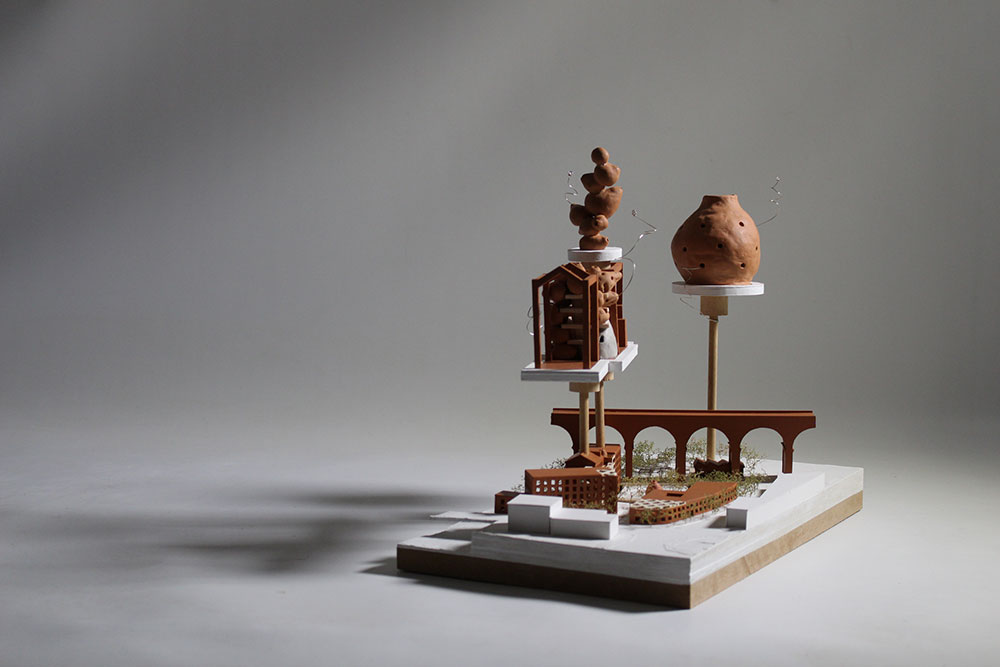Responding to the twin climate and biodiversity crises, atelier Some Kind of Nature attends to the entangled fate of organisms. We acknowledge the impact of homo sapiens on the physical, chemical, and biological systems of the planet and engage with contemporary discourses around the Anthropocene. Interdisciplinarity is at the core of our pedagogy and approach; SKN staff are architects, landscape architects, and social scientists. SKN is for students of architecture and landscape architecture; our final year masters’ students can work in interdisciplinary collaboration. We extend our collaborative ethos to more-than-human actors, redefining our engagement with the environment as a multi-voiced or polyphonic narrative. By de-centering humans we act in humanity’s best interests. We are, after all, biological too.
We began the year with a range of all-atelier workshops each focussed on a relevant topic and led by experts. These workshops were the starting point for inter-cohort peer to peer discussions which continued across the year. For 21-22 all cohorts in Some Kind of Nature focused on territory around Stockport, 6 miles south of Manchester city centre. Amongst other things Stockport encompasses16th century timber framed buildings, the 1990s Stockport Pyramid, former rope/ silk/ cotton/ hatting industries, the rivers Goyt, Tame and Mersey, excavated caves used as WWII air raid shelters, a Victorian market hall, one of the largest brick structures in the world in the form of Stockport Viaduct, The Merseyway Shopping Centre, varied geology, topography, the M60 motorway, and more.
Above all SKN asks our students to consider what our world could look like if we decentred humans and designed for all life.


